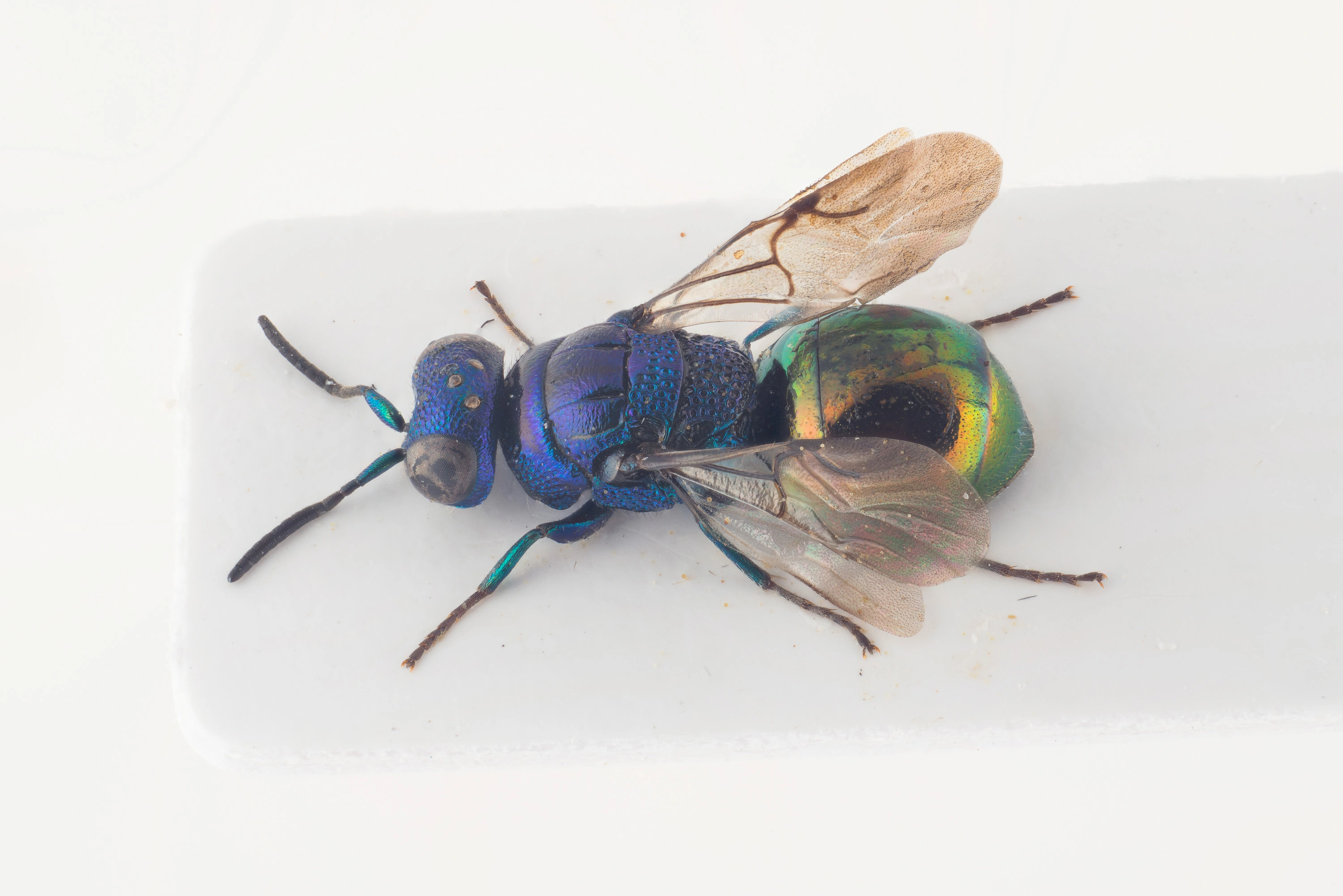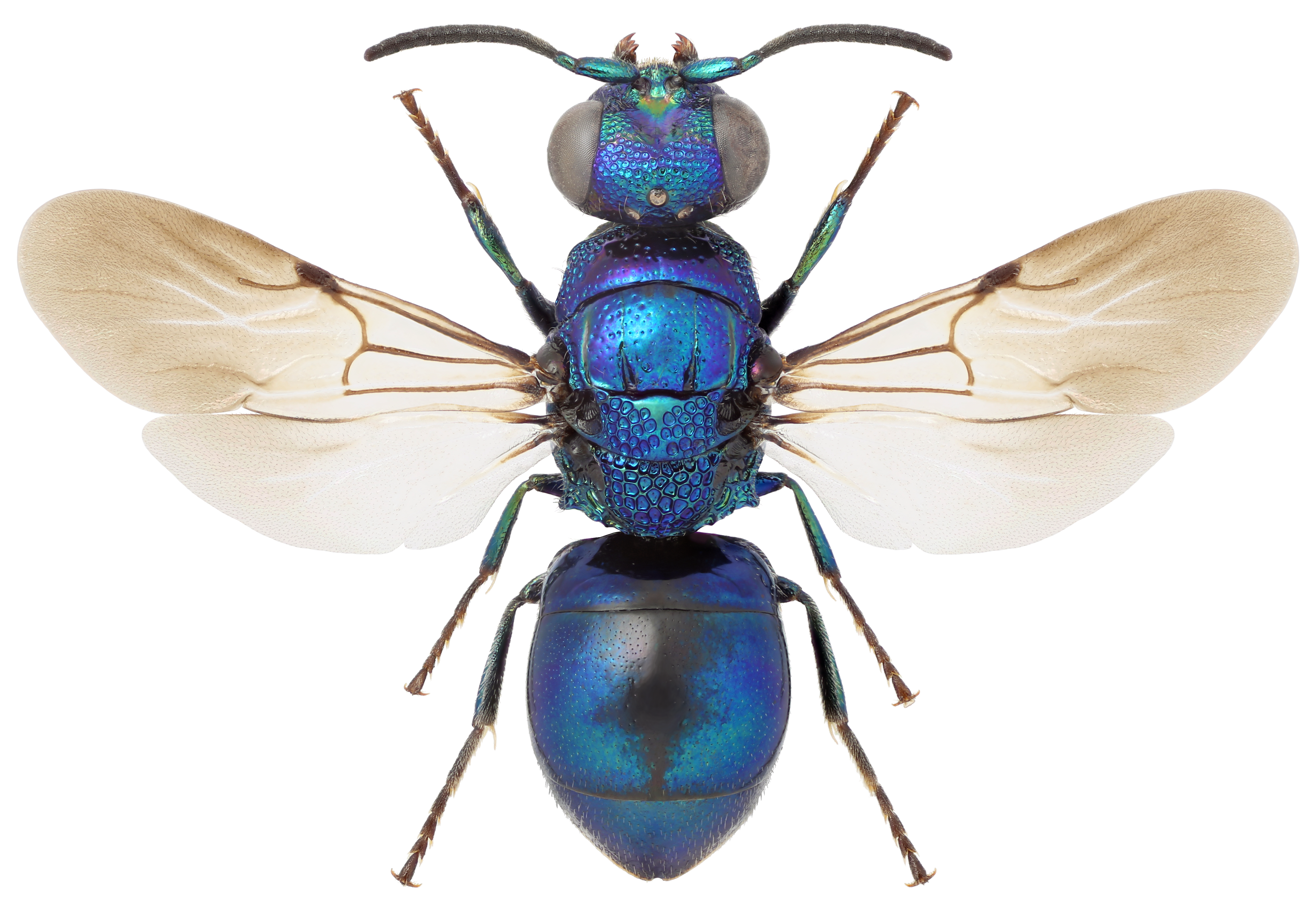Omalus
Many authors have treated this genus in the broad sense and divide it into several subgenera (see summary by Rosa 2006). We follow the classification of Kimsey and Bohart (1991), whereby Elampus, Philoctetes and Pseudomalus are recognised as valid genera. Omalus sensu stricto is characterised by the following morphological features: pronotum and mesoscutum without or with small punctures which are arranged evenly over the entire surface; mesopleuron projecting ventrally weakly, its lateroventral margin forming an obtuse angle in lateral view (Fig. 19); genal carina bisecting malar space. The larvae develop as parasitoids of crabronid wasps of the subfamily Pemphredoninae. Currently, 26 species are recognised worldwide, most of which are found in the Holarctic Region (Kimsey and Bohart 1991, Wei et al. 2014). A total of eight species are found in Europe (Rosa and Soon 2012), and three are known from the Nordic and Baltic countries (Paukkunen et al. 2014). The status of several European taxa is uncertain, and the genus is in need of taxonomic revision.


